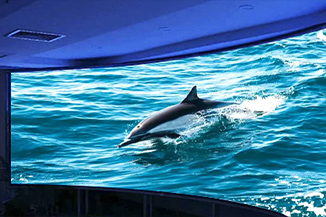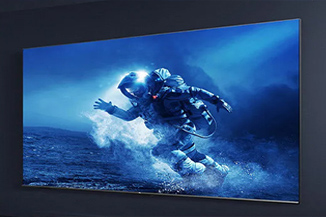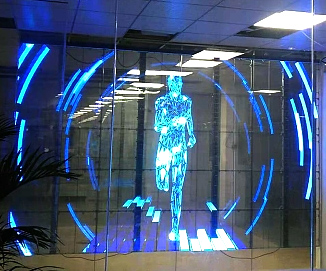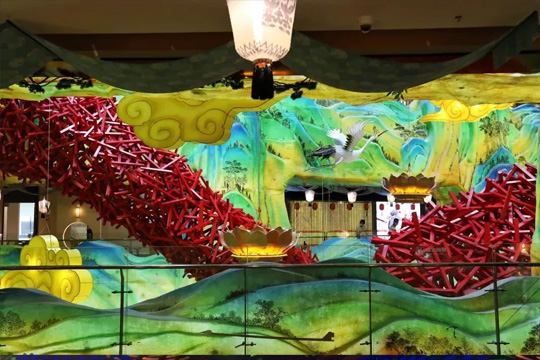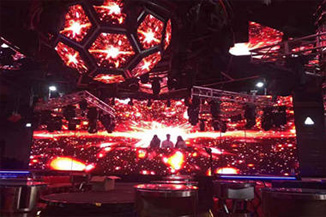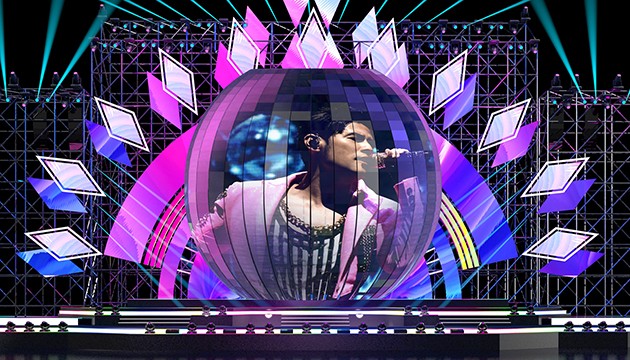Publisher: Supplier of LED Display Time: 2024-11-20 17:28 Views: 1226
In today's era of digital information display, LED large screen is widely used in commercial advertising, stage performances, sporting events, transport hubs and many other areas, with its colourful, high brightness, large size visual effects to attract the attention of countless viewers. However, as with any electronic device, LED screen in the long-term use of the process will inevitably have a variety of failures, which requires professional repair techniques and methods to make it back to normal, continue to bloom glory.LCF editor will introduce the LED screen repair steps and methods in this article.
First, the repair steps and methods
(A) fault identification and location
1, appearance check
First of all, the appearance of the LED screen to check whether there is obvious physical damage, such as module rupture, beads off, exposed wires and so on. At the same time, check whether the cooling fan of the display screen is running normally, whether the vent is blocked, in order to exclude the fault caused by poor heat dissipation.
2、Signal detection
Use a test card or oscilloscope and other equipment to check whether the signal transmission between the signal source and the control card is normal. Starting from the signal source, check the connecting wires, interfaces, input and output signals of the control card in order to determine whether the signal is lost, distorted or interrupted in the transmission process.

3、Module detection
For the display with local faults, detect the working status of modules one by one. Through the test card or multimeter, check whether the lamp beads on the module are normally illuminated, whether the wiring connection is good, and whether the control signal can correctly drive the module display. For suspected problems with the module, can be interchanged with the normal module for testing to determine whether the fault is in the module itself.
4、Power supply test
Use a multimeter to measure the output voltage and current of the power supply module to check whether it meets the requirements of the display. At the same time, check whether the power supply line is short-circuited, broken or poor contact. For multi-power supply display, test the working condition of each power supply separately to ensure that the power supply is evenly distributed.
(B) Fault Repair
1, lamp bead replacement
If you find a damaged LED lamp bead, you need to use a soldering iron and other tools to replace it. First, determine the location of the damaged lamp bead, and then carefully remove it from the module, taking care not to damage the surrounding lamp beads and wiring. Next, solder the new lamp bead to the corresponding position, ensure that the welding is firm and the polarity is correct. After welding is completed, use the test card again to check the display of the module to ensure that the lamp bead replacement is successful.
2、Repair or replacement of wires
For loose, damaged or poor contact wires, if the wires are only slightly loose, you can re-insert the wires to ensure that they are tightly connected. If the wires are damaged or broken, you can use a welding tool to repair them or directly replace them with new ones. When replacing the wires, note that the model and specifications of the wires are consistent with the original wires, and should be properly connected to the corresponding interface.
3, control card repair or replacement
If the control card malfunction, first try to reset or upgrade its software to see if the problem can be solved. If the software operation is ineffective, then the control card needs to be hardware testing. Use a multimeter and other tools to check whether the electronic components on the control card is damaged, such as capacitance bulging, resistor open circuit, chip burned and so on. For damaged electronic components, you can try to replace them. If the failure of the control card is more serious and can not be resolved through maintenance, it is necessary to replace the new control card, and according to the parameters of the display for the correct settings and debugging.
4, power supply repair or replacement
For power supply failure, first check whether there are problems with the power supply line, repair or replace the damaged line. If the power module itself is damaged, such as capacitor leakage, switching tube breakdown, etc., you can try to replace the corresponding electronic components to repair. If it is impossible to determine the specific cause of power failure or repair difficulty, in order to ensure the safe and stable operation of the display, it is recommended to replace the new power supply module, and select a power supply that matches the power and voltage requirements of the display.
(C) test and debugging after repair
1、Lighting test
After completing the fault repair, the LED screen light test. Observe whether the whole screen can be displayed normally, whether there is a black screen, screen, uneven brightness, colour deviation and other issues. At the same time, check the brightness of the display, contrast, colour saturation and other display parameters to meet the requirements.
2、Signal compatibility test
Connect different signal source devices, such as computers, video players, cameras, etc., to test the compatibility of the display with various signals. Play different formats, resolutions of video and images, check whether it can be displayed normally, with or without stuttering, flickering, distortion and other phenomena. If you find signal compatibility problems, you need to further check the signal transmission lines and control card settings, adjust the relevant parameters to ensure that the display can stably receive and process a variety of signals.
3, long time stability test
In order to ensure that the maintenance of the LED screen can be a long-term stable operation, the need for a long time stability test. Let the display work continuously for hours or even days, observe whether there will be new failures or abnormalities. During the test, pay attention to monitoring the temperature of the display, power supply parameters and other indicators to ensure that they are within the normal range. If problems are found during the stability test, they need to be troubleshooted and repaired in a timely manner until the display can run stably and reliably.
The above is LCF editorial to you to sort out the LED screen repair steps and methods, I hope to help you, and welcome you to add or correct.LCF is a collection of R & D, intellectual, sales, operation, service in one of the national speciality and speciality of the small giant enterprises, national high-tech enterprises. If you need to buy LED electronic display friends can also directly contact the LED display manufacturer LCF, the big country brand, trustworthy!


